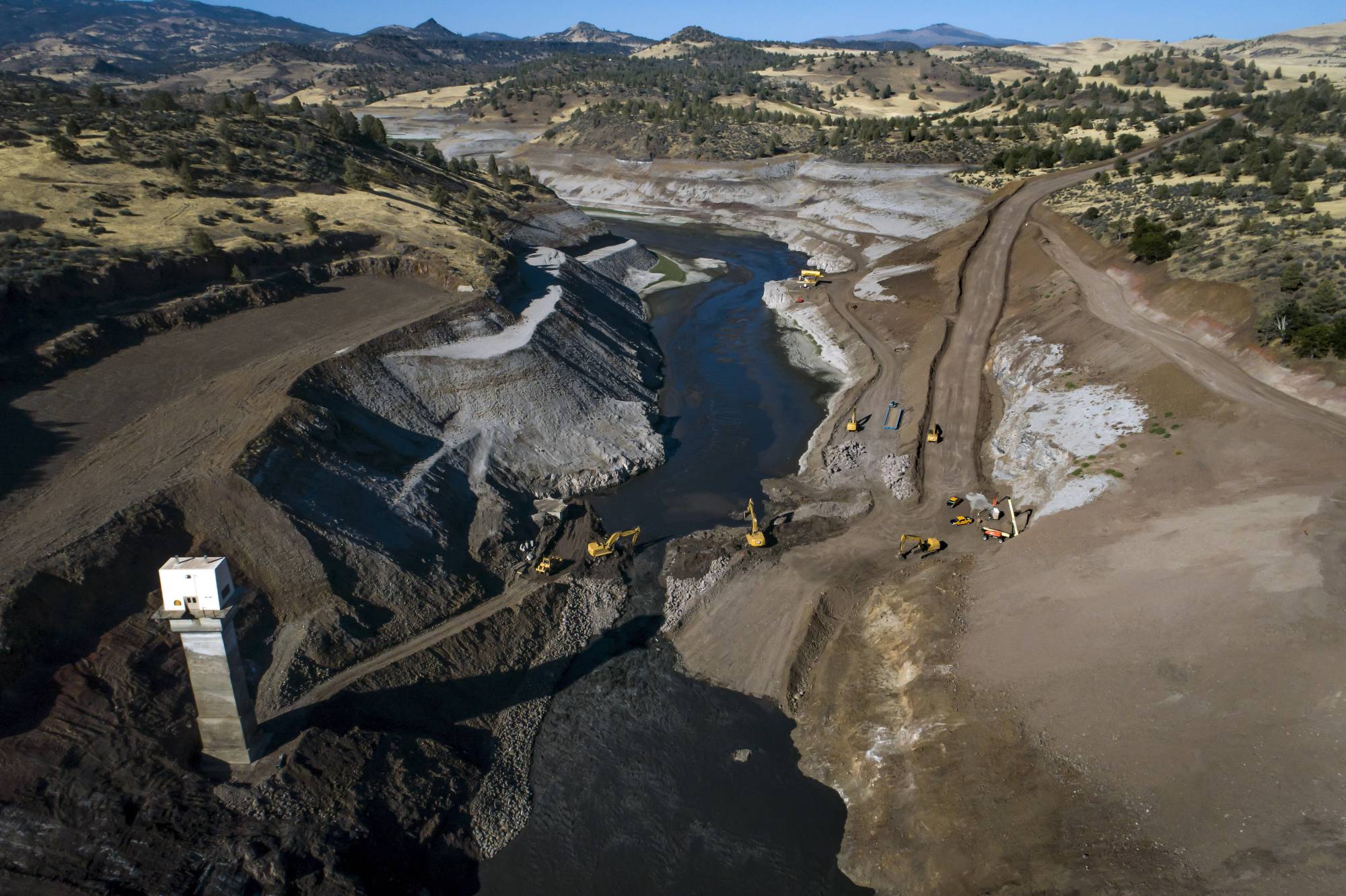
"The Klamath River flows some 268 miles from inland Southern Oregon to coastal Northern California before emptying into the Pacific, crossing high deserts, mountain ranges, and forests."
"The Klamath watershed is also the ancestral homeland of the Yurok, Hupa, Karuk, Shasta and Klamath tribes, making it significant for cultural and recreational activities."
"The river has been the center of life for many tribes who rely on salmon and trout for food, and was once the third-largest salmon run on the West Coast."
"Dams constructed in the early part of the last century had limited lifespans and negatively impacted fish populations, leading to community support for their removal."
The Klamath River, stretching 268 miles from Southern Oregon to Northern California, is essential to various Native American tribes like the Yurok and Hupa. Historically, it was renowned for its significant salmon run and rich biodiversity. However, construction of four major dams in the 20th century severely impacted fish populations and local ecosystems. Recent efforts to remove these dams and return land to tribal control have initiated a transformation of the Klamath Basin, fostering cultural revival and ecological restoration, as the river returns to a more natural flow.
#klamath-river #native-american-tribes #ecological-restoration #dam-removal #cultural-revitalization
Read at Kqed
Unable to calculate read time
Collection
[
|
...
]